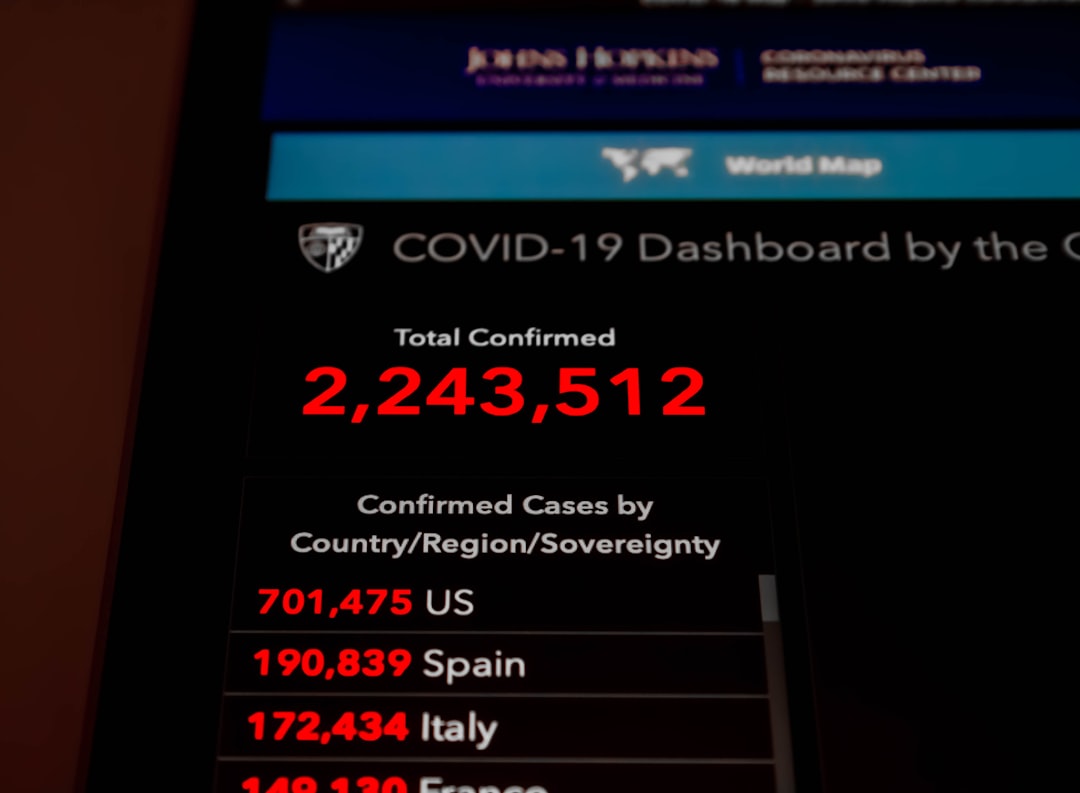What is it about?
Viruses, memes, and opinions have one thing in common: they are transmitted from person to person. Contagion often happens in groups of multiple individuals, but the strength of these interactions varies and is difficult to quantify. In this paper, we show that the observer's assumption about the strength of group interactions will change "how" the contagion seems to spread.
Featured Image

Photo by Etienne Girardet on Unsplash
Why is it important?
In the study of contagions, like pathogen transmission, product adoption, or information diffusion, the properties of the contagion dynamics will determine how far and how fast it will spread. Our research highlights the substantial challenges in accurately determining these characteristics, especially when the transmission dynamics within groups are ambiguous or not well understood. Neglecting this uncertainty can introduce significant biases, potentially leading to erroneous interpretations of how certain contagions behave. This oversight also undermines the effectiveness of mathematical models in predicting the course of these contagions. Addressing this gap is essential for developing more accurate and reliable predictive tools in the study of contagions.
Read the Original
This page is a summary of: Nonlinear bias toward complex contagion in uncertain transmission settings, Proceedings of the National Academy of Sciences, December 2023, Proceedings of the National Academy of Sciences,
DOI: 10.1073/pnas.2312202121.
You can read the full text:
Contributors
The following have contributed to this page










